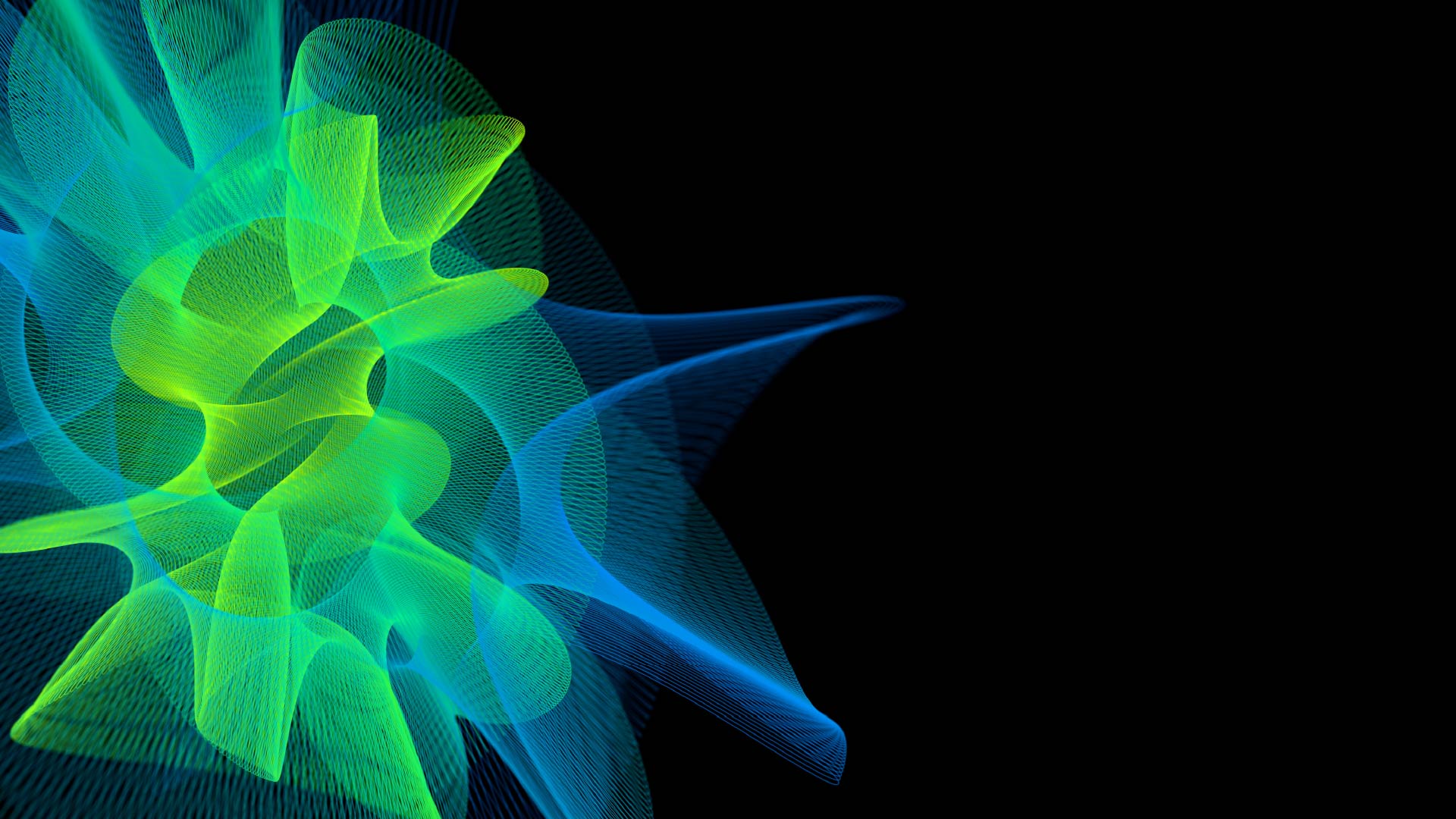Strategic Focus: Strategies for Reducing End-of-Life Waste Emissions
04 Mar, 2025
Access this research
Access all Corporate Energy Leaders content with a strategic subscription or buy this single report
Need help or have a question about this report? Contact us for assistance
Executive Summary
Category 12 emissions from the end-of-life treatment of sold products are a hidden but significant source of GHG emissions, particularly in materials-heavy industries. Despite the impact of these emissions, many firms overlook them due to the logistical challenges of collecting data and a lack of transparency in how consumers dispose of products. However, better measurement and reduction strategies are emerging. Firms with significant Category 12 emissions can refine their reporting with lifecycle assessments and waste data, while cutting emissions through circular design, recycling programmes and industry partnerships. Addressing these emissions is not just about compliance – it is a chance to boost broader organizational sustainability, cut costs and stay ahead of regulations.
Hard-to-measure waste emissions are material to forest production, chemicals and agriculture firms
Best practices in measuring end-of-life treatment of sold products emissions
Best practices in reducing end-of-life treatment of sold products emissions
Best practices in measuring end-of-life treatment of sold products emissions
Best practices in reducing end-of-life treatment of sold products emissions
Figure 1. Proportion of total GHG emissions associated with Category 12 by sector
Figure 2. Innovative approaches to improving Category 12 emissions reporting
Figure 3. Impact of different end-of-life treatment methods and social barriers on Category 12 emissions
Figure 2. Innovative approaches to improving Category 12 emissions reporting
Figure 3. Impact of different end-of-life treatment methods and social barriers on Category 12 emissions
AngloAmerican, AstraZeneca, Ball Corporation, BASF, CDP, Danone, Eurostat, Greenhouse Gas Protocol, HP, Indian Central Pollution Control Board, International Paper, National Bureau of Statistics of China, OECD (Organisation for Economic Co-operation and Development), Position Green, Sika, UK Department for Business, Energy and Industrial Strategy (BEIS), Valmet
About the Authors

Isobel McPartlin
Analyst
Isobel is an Analyst at Verdantix, where she supports corporate decision-makers in navigating the energy transition through research on emerging energy solutions and net zero ...
View Profile
Ryan Skinner
Research Director
Ryan is a Research Director at Verdantix, where he leads a team of analysts delivering research, data and advisory services that help clients navigate the fast-evolving landsc...
View Profile








